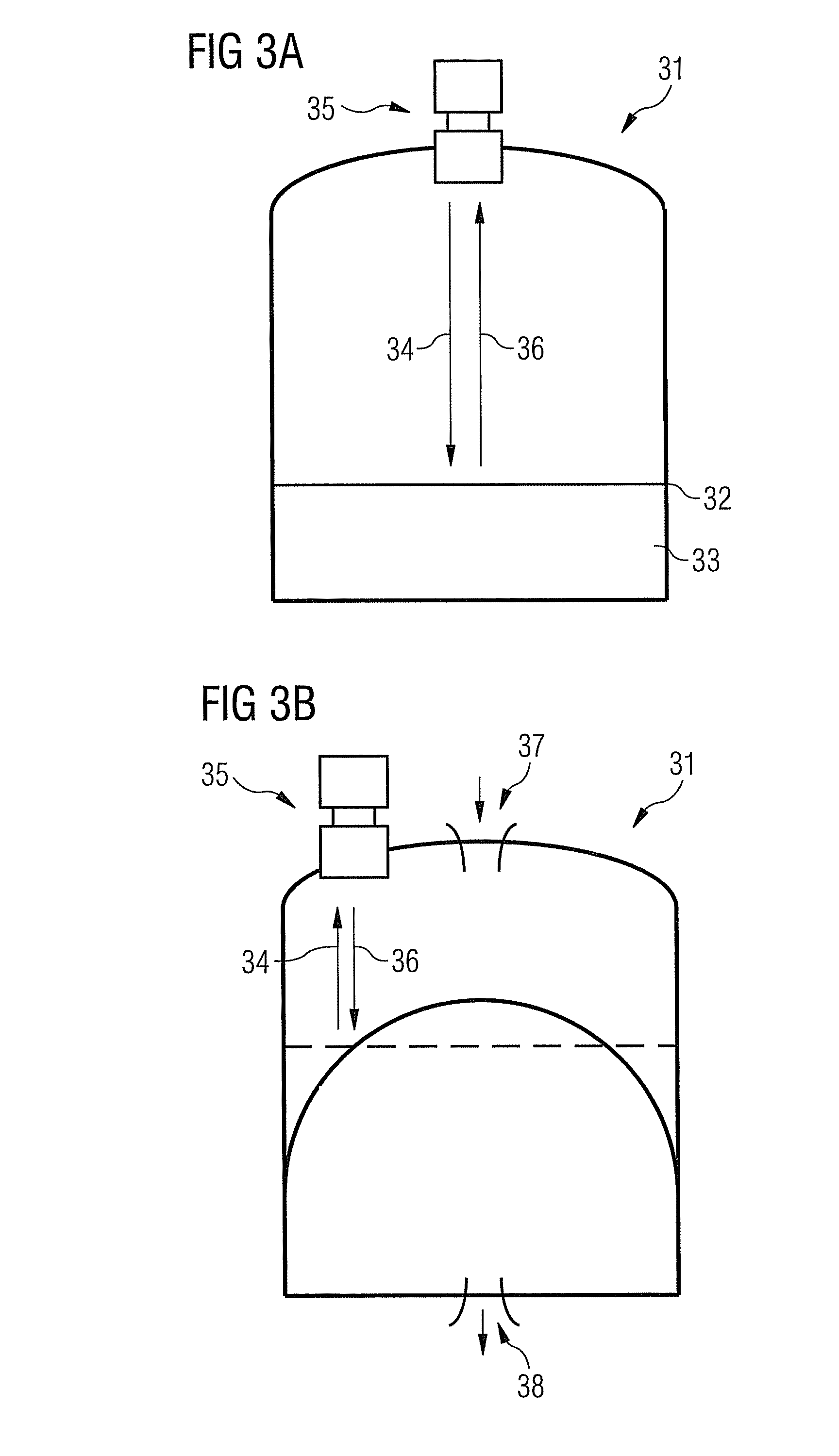Level sensing device
a level sensing and level technology, applied in the direction of liquid/fluent solid measurement, instruments, using reradiation, etc., can solve the problems of time-consuming and expensive manufacture, high construction cost, and complicated manufacturing issues
- Summary
- Abstract
- Description
- Claims
- Application Information
AI Technical Summary
Benefits of technology
Problems solved by technology
Method used
Image
Examples
Embodiment Construction
[0025]FIG. 1 illustrates a conventional construction of a radar module 1. A radar technology printed circuit board (PCB) 2 is provided with a recess 3 into which a radio frequency (RF) substrate 4 is located and fitted by locating pins, or fixings 5. A waveguide transition 7 is provided on a high frequency module which is illustrated in more detail in the exploded section of FIG. 1. The RF substrate, or metal backing 4 contacts a ground plane of the PCB 2. Dielectric and MMIC components 6, 9 are provided on the RF substrate 4 and joined via bondwires 10. The HF module is also electrically joined to the PCB via bondwires 11. In order to protect the HF module and its connection to the PCB, a casing is provided which is located by pins, or fixings 12 and sealed by seals 13. Conventionally, the output of the waveguide transition 7 is coupled into a waveguide 14 to exit the module.
[0026]The present invention solves the construction problems of the conventional device by packaging the MMI...
PUM
 Login to View More
Login to View More Abstract
Description
Claims
Application Information
 Login to View More
Login to View More - R&D
- Intellectual Property
- Life Sciences
- Materials
- Tech Scout
- Unparalleled Data Quality
- Higher Quality Content
- 60% Fewer Hallucinations
Browse by: Latest US Patents, China's latest patents, Technical Efficacy Thesaurus, Application Domain, Technology Topic, Popular Technical Reports.
© 2025 PatSnap. All rights reserved.Legal|Privacy policy|Modern Slavery Act Transparency Statement|Sitemap|About US| Contact US: help@patsnap.com



